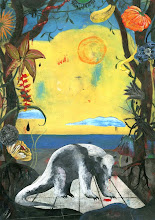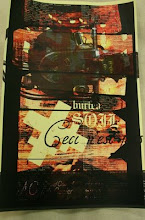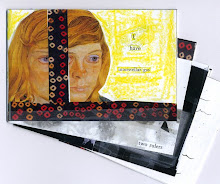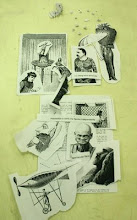In this same freshman class, students sign up for "share day," where they must share with the class an item that relates in some way to the class's themes or goals or tasks. One student showed to us the following video:
When I looked the video up myself, I noticed that there were a few others centering on "Those Winter Sundays," the most popular--in terms of views--this one, produced by the Poetry Foundation:
What's interesting to me is that, in snooping around Youtube, I found all sorts of videos of famous poems, and not just videos of spoken-word artists giving performances, or of poets giving readings. Dana Gioia, who recently gave a reading and a series of lectures at Biola, at one point talked about how, in Europe, 'poetry film festivals' are one means of renewing interest in verse. Whether or not that's true, combining video and poetry offers exciting collaborative possibilities that anyone in this class would recognize.
And this is why I find the second video, above, less interesting than the first. It seems to consider the options of verse/video collaboration, and it chooses the easiest way out. One of the dangers of ekphrastic poetry is its tendency to summarize or literally describe, in lines, its subject. In our reading this week, from this book, Howard Nemerov discusses "some poems of his own time, especially some he cares for, that have a relation with painting and drawing." After referencing poems by Auden, Berryman, and Jarrell, Nemerov writes,
It is not, certainly, that the poems speak about the paintings they refer to; no, for the poems offer relatively bare and selective descriptions; no art student sent to the museum would dare come back with such descriptions which sometimes hardly serve to identify the paintings. No, the poems speak about the silence of the paintings; and where the poet was lucky his poem will speak the silence of the painting; it too will say nothing more than: It is so, it is as it is. The poem, too, when it works, is a concentrated shape illuminated by an energy from within; its opinions do not matter, but it matters. Here, too, he observes, all that happens happens while the poem, like the painting, lies flat on a plane surface, the surface of the page.
Or, in the case of video, the plane surface of the screen. The second video, above, offers one person's (or one committee's) attempt at depicting Hayden's poem, in an ekphrastic way, a 'moving painting' that 'speaks' about the poem it refers to. The video seems to be saying, "It is so, it is as it is." The first video, on the other hand, attempts, in its way, to "speak about the silence of" the poem. Whether or not it succeeds, I leave to you. But it more readily acknowledges that a poem and a video are different modes. We lament that habit of students who see a movie in lieu of reading a book, as if they're the same thing. The Poetry Foundation video seems to reinforce such thinking.















































































No comments:
Post a Comment